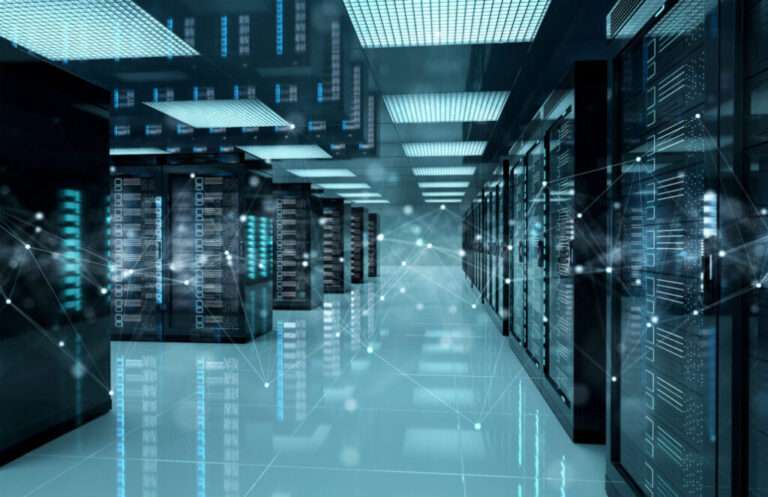In my previous article, Back to Basics – Part 1: The Importance of the eDiscovery Process Review, we discussed the importance of continually evaluating processes in a world of constant change specifically around people movement and data movement. In this article, we’ll examine technology on-boarding and dealing with upstream data as well as provide some best practices for your eDiscovery program.
Technology Onboarding
According to Go-Globe, 85% of people prefer native mobile applications to mobile websites because of the enhanced user experience which is why many companies are developing in-house technologies designed for mobile use. However, it can be difficult for new users to intuitively know how to navigate a new application which can significantly hinder adoption and the lose control of the underlying data. Organizations should emphasize technology onboarding as part of their roll-out process so that their employees get familiar with the new technology and use it.
The underlying reason we wanted new technology to be onboarded and used properly is to ensure the data is managed to the appropriate policy. As part of rolling out any new technology is considering how the data will be onboarded to the appropriate compliance archive.
Data ingestion processes are created to capture the application data as it is known today. However, applications change over time, especially by adding or retiring functionality, and there is a major risk that new data may not be captured properly, or the old data may be corrupted.
Some of the critical features of a defensible archiving solution include:
- An audit log to track all actions taken by users to help ensure regulatory compliance
- Tags and comment features to record process flow
- The ability to automate the classification of data
- Backup and disaster recovery that provides multiple layers of protection for sensitive data.
- Integration with data source change processes
In our current work-from-home world, users should not be responsible for managing their own archiving needs. Instead, data should always be archived, no matter what the end-user preference.
Upstream Data
Upstream Data is sent from a computer or network, such as sending an e-mail message or uploading a file. Downstream Data is received by a computer or network. Although downstream speed is important when downloading content, upstream speeds are important for those using peer-to-peer software and processes where the sending of data is critical.
Key data source systems such as HR systems change over time due to upgrading the database or application which will eventually push changes downstream. It is important that these changes are known, reviewed the technology team, and agreed upon by stakeholders before they are pushed to avoid a potential data corruption.
Best Practices for eDiscovery Process Review
Although eDiscovery is considered a mature function within many organizations, we often see that it is not fully integrated into an organization’s technology change processes. The main causes for this are usually because the overall responsibility for eDiscovery does not sit in technology or lacks a clear technology sponsor.
To conquer these challenges, organizations should:
- Maintain an efficient and defensible archiving solution
- Utilize onboarding strategies to get the most out of native apps
- Make in-place preservation a viable option with software integrations like Microsoft 365 (M365)
- Review data changes before they are pushed downstream to avoid potential corruption
Your eDiscovery process review should be reviewed annually to ensure that assumptions or design decisions currently in place are up to date and integrated into your change management procedure.
Let me know what you think. Send me a note at [email protected]



